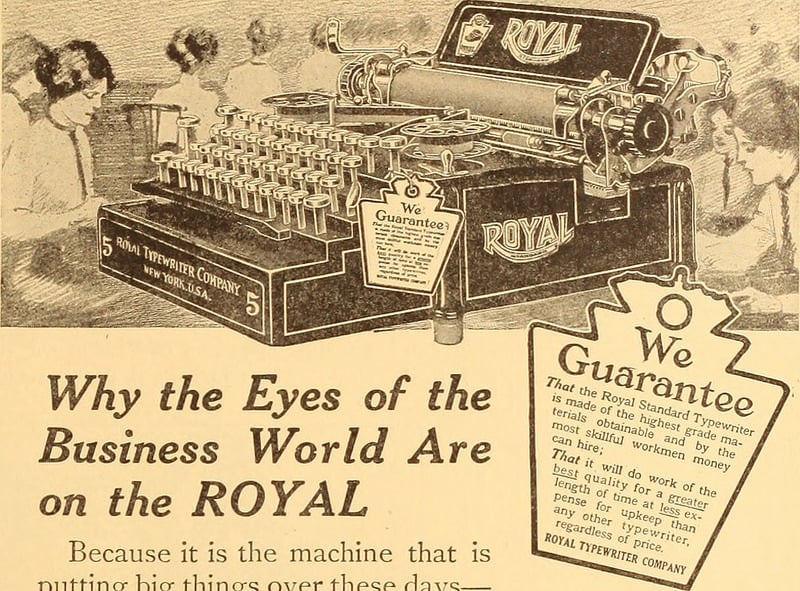
Digital historians:
- Find, decode and critically source information.
- Responsibly curate and archive collections with available digital tools.
- Collaborate and share their findings with the world.
This class leads off with a live demo of professional networking on Twitter. Social studies teachers make frequent use of of the hashtag #sschat. Adding it to their tweet makes it searchable by others. On Mondays 4-5 PM (Pacific) many social studies teachers log into Twitter at the same time and post using #sschat. Chats are archived here.
On #engsschat next Monday (10/26) in discussing Collaborating Across Disciplines #sschat #engchat 7 PM EST pic.twitter.com/RvSxNsGRJs
— Melissa Seideman (@mseideman) October 22, 2015
We’ll use the event to explore how to use Twitter to build a personal learning network (PLN). Students that have not already done so , will be asked to create Twitter accounts. More on Twitter hashtags here. Article on Twitter for teachers here.
Next I will give a demo of GapMinder – a web tool that provided easy access to and visualization of historic economic, social and demographic data. GapMinder for Teachers here.
Finally, students will work with NGram Viewer and NYTimes Chronicle – web tools that quantify and visualize word usage. More on using nGram viewer and NYTimes Chronicle
As part of an in-class demo of the power of word frequency research, students will share their results via a Twitter hashtag: #WordFreq We did this activity in our fall ’14 class and used Storify to curate a social media stream and create a Storify archive of our research Need some Storify ideas? 4 Ways to Use Storify in the Classroom
Books Ngram Viewer and NY Times Chronicle have many interesting applications in the classroom. For example, they can both be used to introduce the research method – form a hypothesis, gather and analyze data, revise hypothesis (as needed), draw conclusions, assess research methods. Working in teams students can easily pose research questions, run the data, revise and assess their research strategy. Students can quickly make and test predictions. They can then present and defend their conclusions to other classroom groups. All skills called for by the new Common Core standards. Ideas for classroom use Books Ngram Viewer and NY Times Chronicle.
Assignments for class 11
- By 11/1 write a blog post responding to our exploration of digital history in today’s class.
What’s your reaction to using tools like Twitter, Storify, GapMinder, Books Ngram Viewer or NY Times Chronicle? How can historians leverage new digital tools for research, instruction, or professional growth? Or you might design a short lesson using one of these tools. - Come to our class on 11/2 with an idea for a flipped lesson. That night we will meet in the Digital Lab to design a flipped lesson using either a QuickTime screencast Samples or TEDed lesson built from a YouTube video Sample. You will have class time on 11/2 to create your flipped lesson, but you should arrive with an idea.
Image credit: The Kaiserpanorama (or Kaiser-Panorama) is a form of stereoscopic entertainment medium used chiefly in the 19th and early 20th centuries, a precursor to film, invented by August Fuhrmann (1844 – 1925). It was patented by the inventor ca. 1890. There would be a number of viewing stations through which people would peer through a pair of lenses showing a number of rotating stereoscopic glass slides. By 1910 he is said to have controlled exhibitions in over 250 branches across Europe, and in the central archive have up to 100,000 slides stored.


